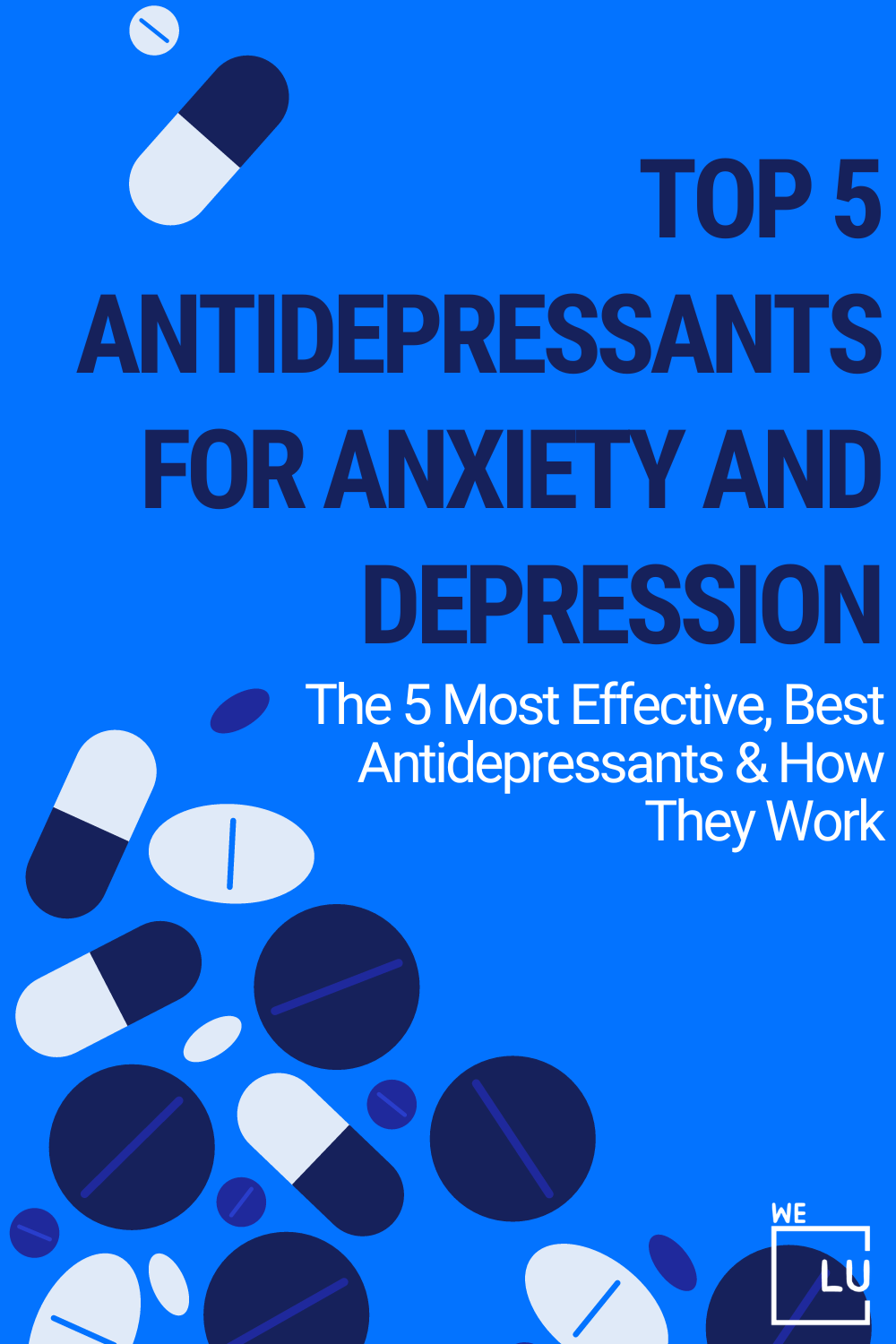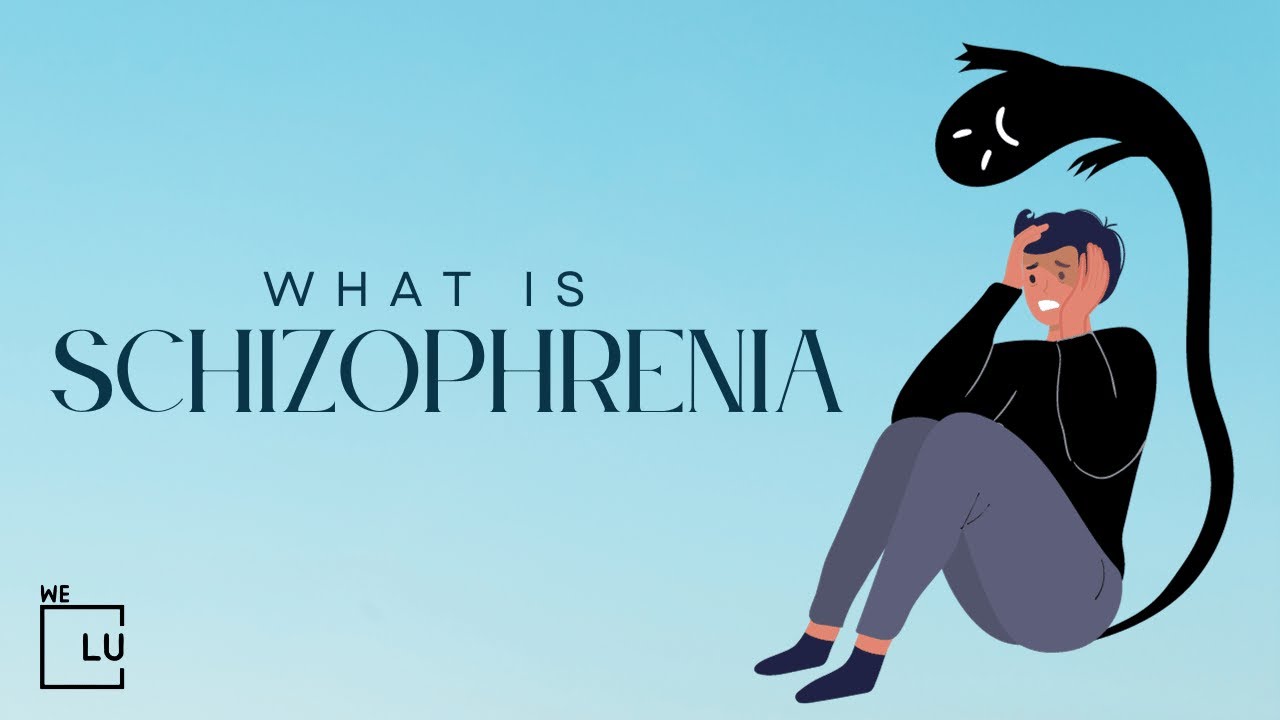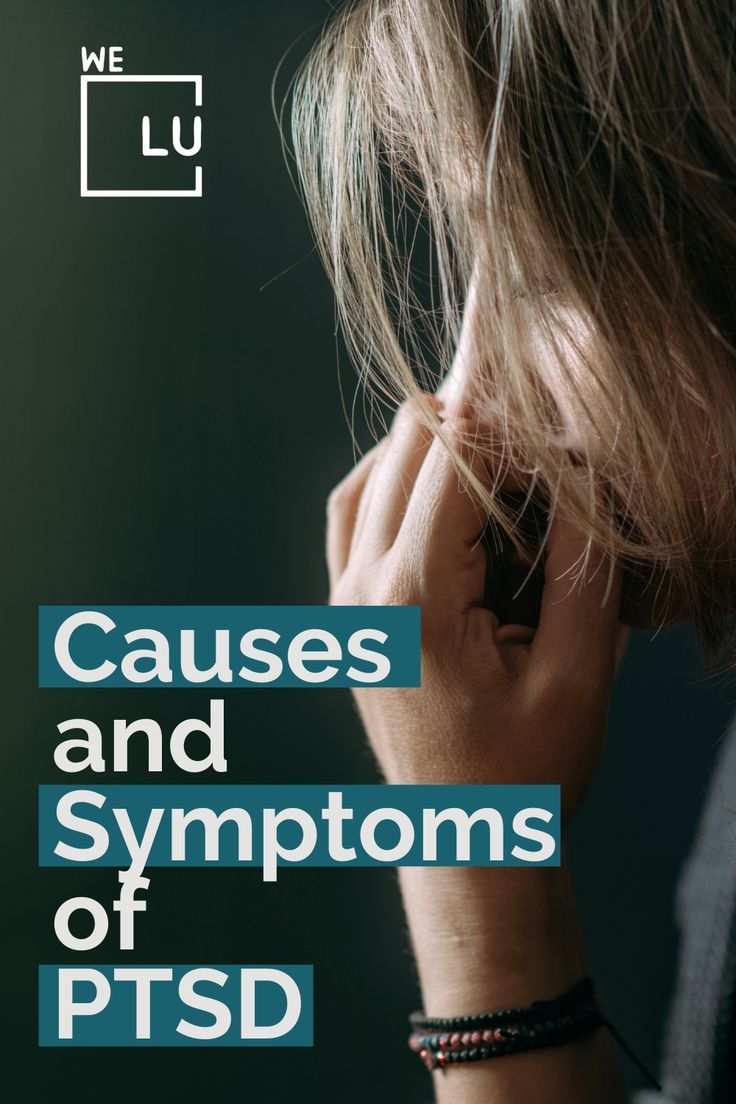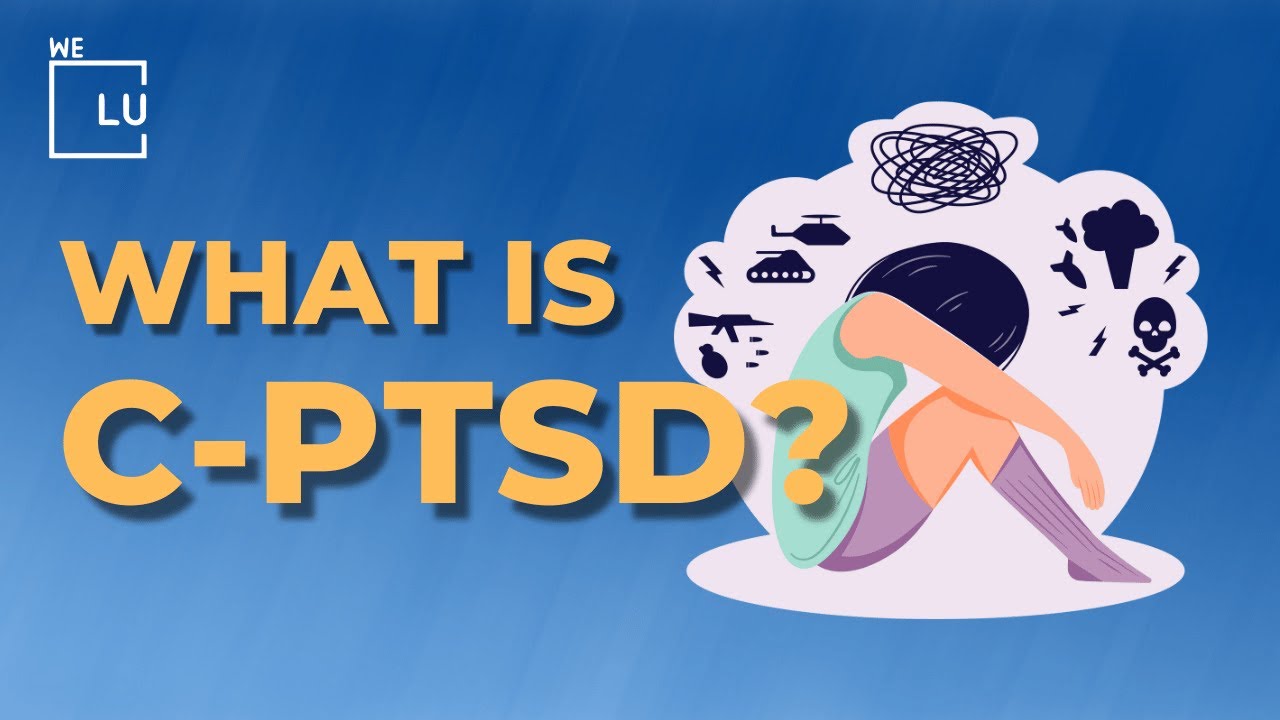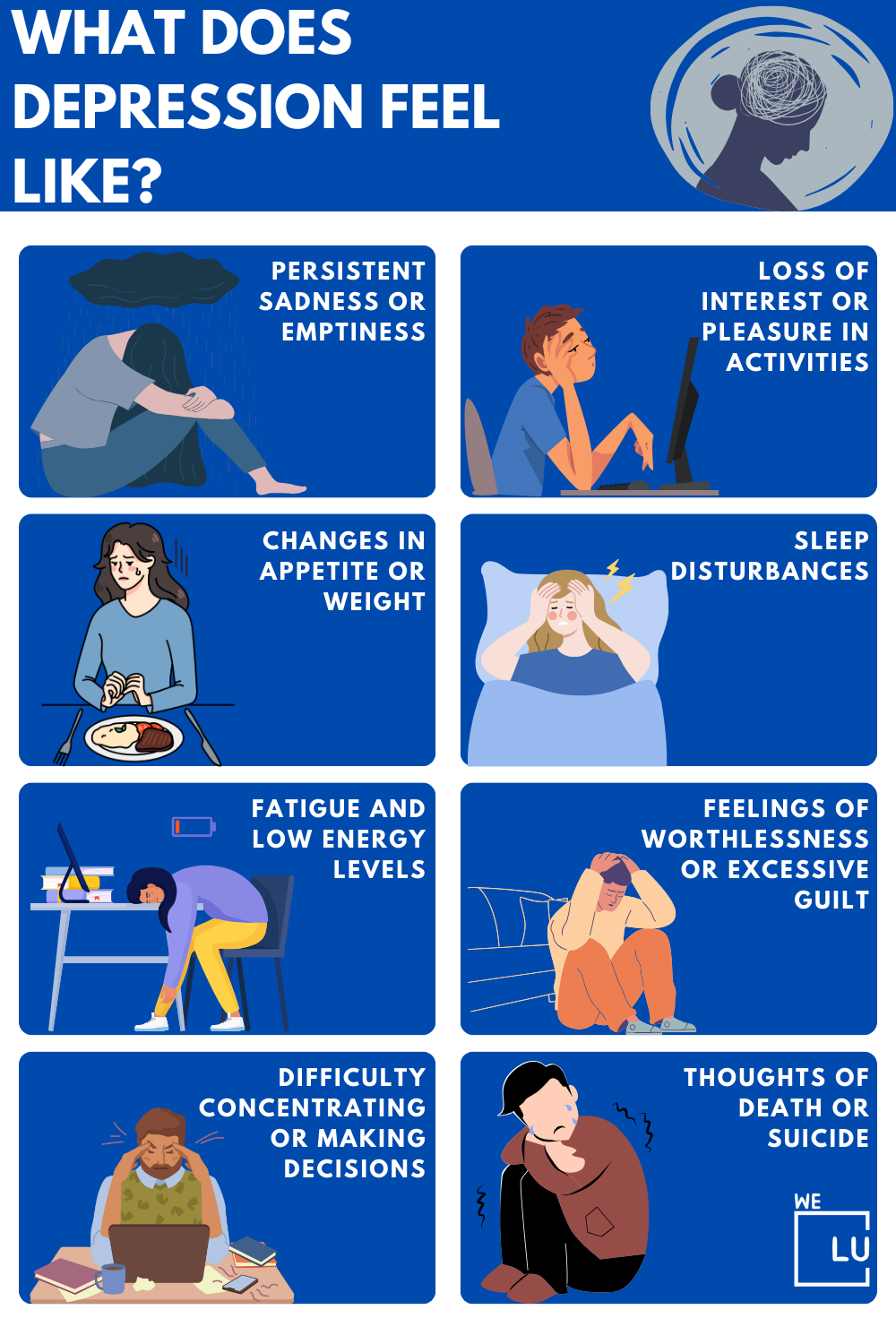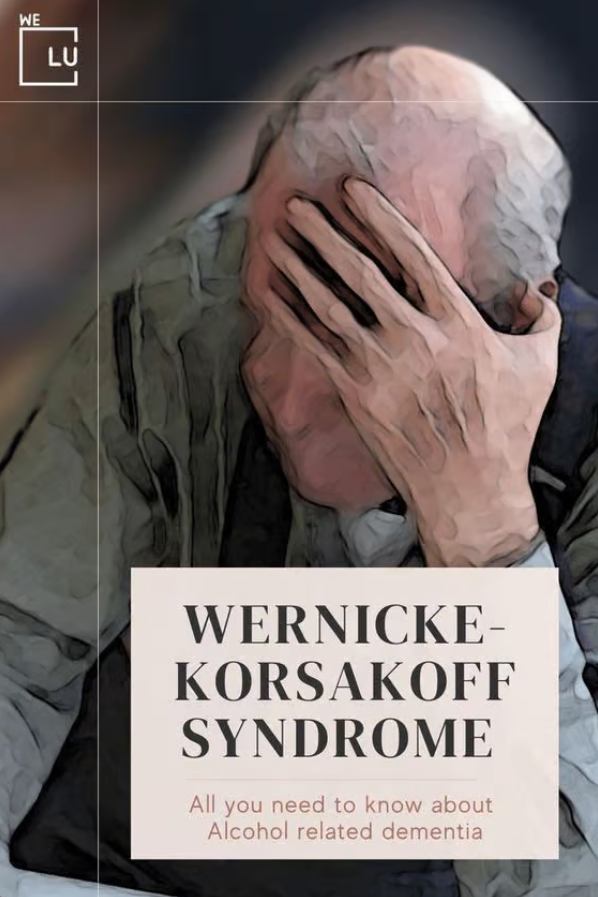What is Rapid Cycling Bipolar?
Bipolar with rapid cycling is often diagnosed if someone has four or more episodes of mania, hypomania, or depression within a year. It can happen with any bipolar disorder and may be temporary for some individuals.
Rapid cycling in bipolar disorder means having frequent mood swings. However, it’s not a fixed or permanent situation; it can change throughout bipolar disorder, depending on how well the treatment works. It might happen intermittently over several years instead of being a constant pattern of episodes.
Who Experiences Bipolar Rapid Cycle?
Up to half of those with bipolar disorder may experience rapid cycling at some point. For most, it’s temporary, but for a few, it can persist. There are no strict rules, but women may be more likely to develop rapid cycling. Bipolar disorder is equally prevalent in both genders.
Bipolar disorder can affect almost anyone, with around 2.5% of the U.S. population, or nearly 6 million people, experiencing some form of it.
Rapid cycling, seen in 10% to 20% of those with the disorder, is more common in women and individuals with bipolar II disorder. Symptoms typically begin in late teens or early 20s, and they usually develop before age 50. The risk is higher for those with a family history of bipolar disorder.
How Do We Recognize Rapid Cycling Bipolar Disorder?
Identifying rapid cycle bipolar disorder can be tricky because a single mood episode may not resolve, making it seem like there are multiple episodes. This can lead to misdiagnosis, especially when individuals spend more time depressed than manic or hypomanic.
Bipolar disorder is diagnosed when someone goes through a hypomanic or manic episode, along with multiple episodes of mania, hypomania, or depression. Rapid cycling is not a standalone diagnosis but is identified in bipolar disorder when there are four or more distinct episodes of depression, mania, or hypomania within a year.
Key Features of Bipolar Disorder
Understanding the features of bipolar disorder can contribute to a more accurate diagnosis and effective management of its symptoms.
Here are some key features of bipolar disorder:
- Hypomanic Symptom Recognition: Individuals may overlook their hypomanic symptoms, attributing them to a period of excellent mood. Hypomania is a less intense form of mania where individuals have a period of high or irritable mood. People in a hypomanic state may feel more energetic, impulsive, and productive.
- Diagnosis Criteria: Diagnosis typically requires experiencing a hypomanic or manic episode along with multiple episodes of mania, hypomania, or depression.
- Rapid Cycling: Rapid cycling is a specific pattern where four or more distinct episodes of depression, mania, or hypomania occur within a year.
- Identification Challenge: Identifying rapid cycling can be challenging as mood episodes may not always clearly resolve, leading to potential misdiagnosis.
- Time Discrepancy: Studies show a significant difference in the amount of time spent depressed compared to hypomanic, emphasizing the predominance of depressive states.
In some cases, people with rapid cycling bipolar disorder may be mistakenly diagnosed with unipolar depression. For instance, in a study on bipolar II disorder, the time spent depressed was over 40 times longer than the time spent hypomanic. Also, individuals may not recognize their hypomanic symptoms, thinking they are just in an excellent mood.

Skip To:
Learn More:
- Free Online Am I Bipolar Quiz. Quick & Easy Bipolar Disorder Quiz. Confidential Bipolar Test Quiz. Online Bipolar Disorder Test.
- Bipolar Schizophrenia Differences. Bipolar Vs Schizophrenia. Schizophrenia Vs Bipolar Symptoms. Bipolar and Schizophrenia Causes. Schizophrenia Bipolar and Schizoaffective Disorder.
- Understanding How a Bipolar Person Thinks. What Does Bipolar Feel Like? Signs and Symptoms of Bipolar Disorder
- Bipolar Mixed Episode. Bipolar Mixed Episode Symptoms, Causes, and Treatments
- Bipolar Disorder Therapies. Different Types of Effective Therapy for Bipolar Disorder
- Bipolar with Psychotic Features & Bipolar 1 With Psychotic Features, Causes, Types, Symptoms and Treatment
- How A Person With Bipolar Thinks? Fact Vs. Fiction
- ADHD and Bipolar Disorder Guide. ADHD Vs. Bipolar. Bipolar and ADHD Symptoms. Bipolar Vs. ADHD Diagnosis. ADHD Bipolar Treatments.
- Bipolar Symptoms In Women. Signs, Symptoms, and Tips
- Is Bipolar a Disability? Can You Get Disability For Bipolar Disorder? 5 Tips, Eligibility, and How to Claim Disability Benefits
Get rapid cycling bipolar counseling that works. Discover professional help from We Level Up Florida’s mental health therapists. Start getting support with a free call to our mental health hotline.
Get Help. Get Better. Get Your Life Back.
Searching for Accredited Dual Diagnosis Mental Health Centers Near You?
Even if therapy failed previously, or are in the middle of a difficult crisis, we stand ready to support you. Our trusted behavioral health specialists will not give up on you. When you feel ready or just want someone to speak to about counseling alternatives to change your life call us. Even if we cannot assist you, we will lead you to wherever you can get support. There is no obligation. Call our hotline today.
FREE 24/7 Dual Diagnosis Mental Health Services HotlineEffective Treatment Options for Rapid Cycling Bipolar
Rapid cycling is not an independent diagnosis; instead, it characterizes the course of bipolar disorder. Managing rapid cycling can be challenging, but individuals may find therapeutic value in talk therapy and mood tracking.
Mood Tracking for Rapid Cycling Bipolar
Keeping track of your moods can be especially essential when dealing with bipolar. Regularly monitoring and recording your mood changes—whether they’re manic, hypomanic, or depressive episodes—can provide valuable insights for both you and your healthcare team. This information helps identify patterns, triggers, and potential early warning signs, allowing for more targeted and effective management of the condition. Whether using a mood journal, a dedicated app, or another method, consistent mood tracking can be a valuable tool in navigating the challenges of rapid cycling bipolar disorder.
Talk Therapy for Rapid Cycling Bipolar
Engaging in talk therapy can be a beneficial aspect of managing rapid cycling bipolar disorder. Through regular sessions with a mental health professional, individuals can explore and understand the patterns of their mood shifts.
Talk therapy provides a supportive environment to discuss challenges, develop coping strategies, and work towards stabilizing mood fluctuations. It’s a valuable tool for enhancing self-awareness, improving emotional regulation, and fostering resilience in rapid cycling episodes. Incorporating talk therapy into the overall treatment plan can contribute to better long-term outcomes for individuals dealing with this aspect of bipolar disorder.

End the Emotional Pain. Get Your Life Back.
Feeling Depressed, Anxious or Struggling with Mental Health Illness? Get Safe Comfortable Mental Health Dual Diagnosis High-Quality Therapy From Counselors That Care. Begin Your Recovery Now.
Hotline (855) 940-6125Types of Talk Therapy for Rapid Cycling Bipolar
Choosing the most suitable type of talk therapy depends on individual preferences, needs, and the specific challenges associated with rapid cycling bipolar disorder. Here are some types of talk therapy that can be beneficial for individuals with bipolar disorder:
- Cognitive Behavioral Therapy (CBT): Focuses on identifying and changing negative thought patterns and behaviors contributing to mood swings.
- Dialectical Behavior Therapy (DBT): Emphasizes skills for emotional regulation, interpersonal effectiveness, and distress tolerance.
- Interpersonal and Social Rhythm Therapy (IPSRT) Targets stabilizing daily routines and improving interpersonal relationships to regulate mood.
- Psychoeducation: Provides information about bipolar disorder, its symptoms, and coping strategies to enhance understanding and self-management.
- Mindfulness-Based Cognitive Therapy (MBCT): Combines cognitive therapy with mindfulness practices to prevent the recurrence of depressive and manic episodes.
- Supportive Therapy: Offers a supportive and empathetic space to discuss challenges, emotions, and coping strategies.
- Family-Focused Therapy (FFT): Involves family members in the therapeutic process to improve communication and support networks.
- Psychodynamic Therapy: Explores unconscious thoughts and past experiences to gain insight into current emotional struggles.
Medications for Rapid Cycling Bipolar
Medications are essential for controlling rapid cycling bipolar disorder. Mood stabilizers like lithium or anticonvulsants can prevent mood swings, and atypical antipsychotics help manage symptoms. Working closely with a healthcare professional ensures finding the right medication combination for each person.
Here are some types of medications commonly used for managing rapid cycling bipolar disorder:
Mood Stabilizers:
- Lithium.
- Valproate (Valproic Acid).
- Lamotrigine.
Anticonvulsants:
- Carbamazepine.
- Oxcarbazepine.
Atypical Antipsychotics:
- Olanzapine.
- Quetiapine.
- Aripiprazole.
Antidepressants (used cautiously):
- Selective serotonin reuptake inhibitors (SSRIs).
- Serotonin-norepinephrine reuptake inhibitors (SNRIs).
Medication choices may vary based on individual responses and preferences. Always consult with a healthcare professional to determine the most suitable treatment plan for managing rapid cycling bipolar disorder.
We Level Up FL Mental Health Center Tips To Cope With Rapid Cycling Bipolar
✅ Keep a mood journal to track changes and identify patterns in your mood swings.
✅ Establish a consistent daily routine to provide stability and minimize triggers.
✅ Stay connected with a support system, including friends, family, or a therapist, to share your experiences and seek guidance during challenging times.
First-class Facilities & Amenities
World-class High-Quality Mental Health Services & Behavioral Health Substance Abuse Treatment
Rehab Centers TourRenowned Mental Health Centers. Serene Private Facilities. Inpatient Rehab Programs Vary.
Mental Health Helpline (855) 940-6125Proven recovery success experience, backed by a Team w/ History of:
15+
Years of Unified Experience
100s
5-Star Reviews Across Our Centers
10K
Recovery Successes
- Comprehensive Dual-Diagnosis Treatment
- Complimentary Family & Alumni Programs
- Coaching, Recovery & Development Events
- Comfortable Onsite Medical Detox Center
Ultra Rapid Cycling Bipolar Test
There isn’t a specific test for ultra rapid cycling bipolar disorder. Diagnosis is typically based on a thorough assessment by a mental health professional, considering symptoms, mood patterns, and the frequency of mood swings. Suppose you suspect you may have bipolar disorder. In that case, it’s crucial to consult a healthcare professional, such as a psychiatrist or psychologist, who can conduct a comprehensive evaluation and provide an accurate diagnosis.
Ultra Rapid Cycling Bipolar 1
Ultra rapid cycling bipolar disorder is a subtype of bipolar disorder where individuals experience exceptionally quick and frequent mood swings. In bipolar I, which involves manic episodes, ultra rapid cycling refers to the occurrence of four or more mood episodes within a year. These episodes can include intense highs (mania) and lows (depression), and the distinguishing feature is the rapidity with which they cycle, often within days or even hours.
Living with bipolar I can be particularly challenging due to the intensity and unpredictability of mood changes. The rapid shifts between manic and depressive states can significantly impact daily functioning, relationships, and overall quality of life. Treatment typically involves a combination of mood-stabilizing medications, therapy, and close monitoring by healthcare professionals to help manage and stabilize mood fluctuations.
Early and comprehensive intervention is essential to enhance the individual’s ability to cope with these rapid cycling patterns and lead a more stable and fulfilling life.
Symptoms of Ultra Rapid Cycling Bipolar 2
Ultra rapid cycling bipolar II disorder is characterized by frequent and intense mood swings, often cycling between depressive and hypomanic states within a day or even hours. Symptoms can include:
Depressive Symptoms:
- Persistent sadness.
- Loss of interest or pleasure in activities.
- Fatigue or low energy.
- Changes in sleep patterns.
- Feelings of worthlessness or guilt.
- Difficulty concentrating.
Hypomanic Symptoms:
- Elevated or irritable mood.
- Increased energy and activity.
- Racing thoughts.
- Impulsivity.
- Decreased need for sleep.
- Engaging in risky behaviors.
Due to the rapid and frequent nature of these mood shifts, individuals with ultra rapid cycling bipolar II may experience heightened emotional distress and challenges in daily functioning. Seeking prompt and appropriate treatment, including medication and therapy, consult We Level Up FL mental health treatment for managing these symptoms effectively.
What are the Risks of Rapid Cycling Bipolar Disorder?
Individuals with bipolar disorder must seek comprehensive and tailored treatment, including medication management, therapy, and a supportive care network, to mitigate these risks and enhance overall well-being. Regular monitoring and communication with healthcare professionals are essential for effective management.
Rapid cycling bipolar disorder poses several risks that can impact an individual’s well-being and daily life. These risks include:
- Impaired Functioning: Frequent and intense mood swings can disrupt daily activities, relationships, and overall functioning, making it challenging to maintain stability in various aspects of life.
- Increased Disability: Rapid cycling may lead to more extended periods of disability compared to non-rapid cycling bipolar disorder, affecting work, education, and social interactions.
- More Significant Treatment Resistance: Individuals with rapid cycling bipolar disorder may experience more resistance to standard treatments, requiring careful adjustments to medications and therapeutic approaches.
- Higher Suicide Risk: The rapid and unpredictable mood shifts can contribute to an increased risk of suicidal thoughts and behaviors, necessitating vigilant monitoring and intervention.
- Impact on Relationships: The intensity of mood swings can strain relationships, as loved ones may find it challenging to cope with the unpredictability and emotional intensity associated with rapid cycling.
- Comorbidity with Substance Abuse: There is a higher risk of substance abuse and dependence in individuals with bipolar disorder, as some may turn to substances to cope with the emotional turmoil.
Bipolar disorder is a severe and chronic mental health condition characterized by extreme mood swings between manic highs and depressive lows. These mood fluctuations can significantly disrupt daily life, impairing one’s ability to maintain stable relationships, pursue education or employment, and engage in routine activities. The impact goes beyond the individual, affecting families and social networks.
The risk of suicide is also higher in individuals with bipolar disorder. While effective treatments, including medication and therapy, exist to manage symptoms, the complexity and variability of the disorder necessitate ongoing support and understanding. Timely diagnosis and a comprehensive approach to treatment are crucial in helping individuals with bipolar disorder lead fulfilling lives despite the challenges posed by this condition.
Suppose you or someone you know is dealing with rapid cycling bipolar, which affects their daily functioning. In that case, We Level Up Florida Mental Health Treatment Center provides personalized care with a team of experienced professionals. Begin your journey towards better health by taking the first step towards healing. Get help. Call We Level Up FL now. Each call is free and confidential.
World-class, Accredited, 5-Star Reviewed, Effective Mental Health Dual Diagnosis Programs. Complete Integrated Inpatient Rehab with Free Post Discharge Therapy Planning.
CALL (855) 940-6125End the Emotional Pain Rollercoaster. Gain Stability & Happiness Through Recovery Treatment. Start Mental Health Counseling Today. Get Free No-obligation Guidance by Behaviroal Health Specialists Who Understand Mental Health Recovery.
We Level Up Florida Mental Health Center – FREE Helpline to Consultations
Experience Transformative Recovery at the We Level Up Treatment Center.
See our authentic success stories. Get inspired. Get the help you deserve.



Start a New Life
Begin with a free call to a behavioral health treatment advisor. Learn more about our dual-diagnosis programs. The We Level Up treatment center network delivers recovery programs that vary by each treatment facility. Call to learn more.
- Personalized Care
- Caring Accountable Staff
- Comfortable Amenities
- Licensed & Accredited
- Renowned w/ 5-Star Reviews
We’ll Call You
Search We Level Up FL Rapid Cycling Bipolar Disorder, Mental Health Topics & Resources
Sources
[1] What is Bipolar Disorder? – Substance Abuse and Mental Health Services Administration (SAMHSA)
[2] Bipolar Disorder – MedlinePlus.gov
[3] Jain A, Mitra P. Bipolar Disorder. [Updated 2023 Feb 20]. In: StatPearls [Internet]. Treasure Island (FL): StatPearls Publishing; 2023 Jan-. Available from: https://www.ncbi.nlm.nih.gov/books/NBK558998/
[4] Culpepper L. The diagnosis and treatment of bipolar disorder: decision-making in primary care. Prim Care Companion CNS Disord. 2014;16(3):PCC.13r01609. Doi: 10.4088/PCC.13r01609. Epub 2014 Jun 19. PMID: 25317368; PMCID: PMC4195640.
[5] Bourla A, Ferreri F, Baudry T, Panizzi V, Adrien V, Mouchabac S. Rapid cycling bipolar disorder: A literature review on pharmacological treatment illustrated by a case report on ketamine. Brain Behav. 2022 Feb;12(2):e2483. Doi: 10.1002/brb3.2483. Epub 2022 Jan 18. PMID: 35041295; PMCID: PMC8865164.
[6] Carvalho AF, Dimellis D, Gonda X, Vieta E, Mclntyre RS, Fountoulakis KN. Rapid cycling in bipolar disorder: a systematic review. J Clin Psychiatry. 2014 Jun;75(6):e578-86. Doi: 10.4088/JCP.13r08905. PMID: 25004199.
[7] Brieler JA, Keegan-Garrett E. Diagnosis and Treatment of Bipolar Illness in the Primary Care Office. Mo Med. 2022 May-Jun;119(3):213-218. PMID: 36035565; PMCID: PMC9324725.
[8] Shah N, Grover S, Rao GP. Clinical Practice Guidelines for Management of Bipolar Disorder. Indian J Psychiatry. 2017 Jan;59(Suppl 1): S51-S66. Doi: 10.4103/0019-5545.196974. PMID: 28216785; PMCID: PMC5310104.
[9] Butler M, Urosevic S, Desai P, et al. Treatment for Bipolar Disorder in Adults: A Systematic Review [Internet]. Rockville (MD): Agency for Healthcare Research and Quality (US); 2018 Aug. (Comparative Effectiveness Review, No. 208.) Table 1, FDA-approved medications for bipolar disorder. Available from: https://www.ncbi.nlm.nih.gov/sites/books/NBK532193/table/ch2.tab1/


